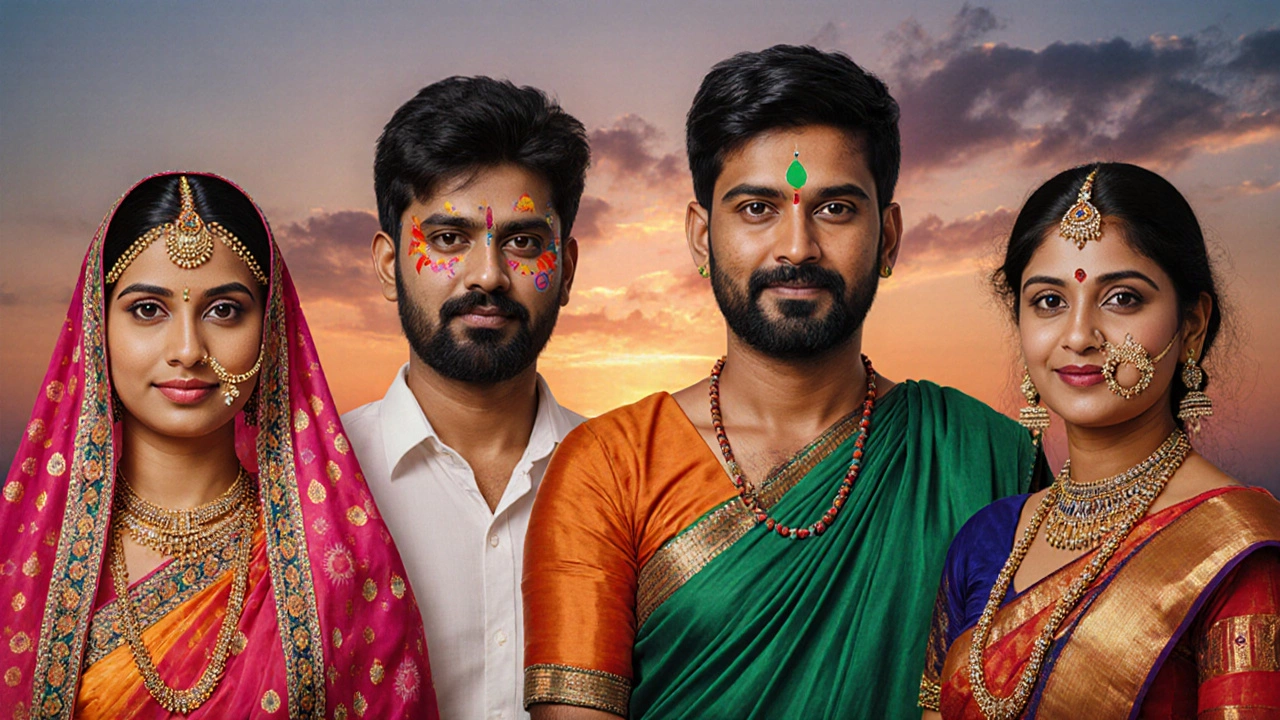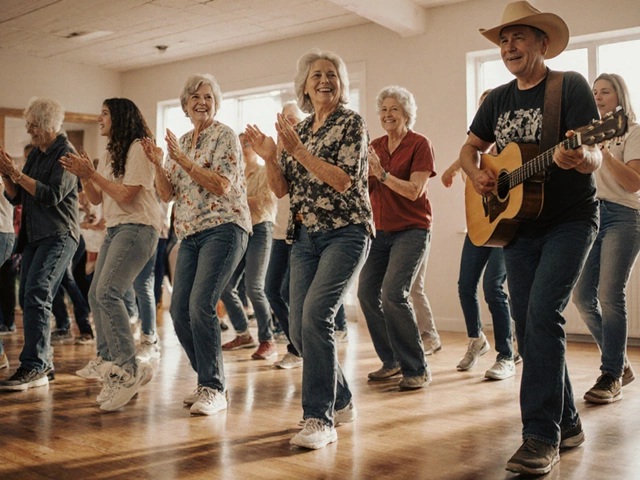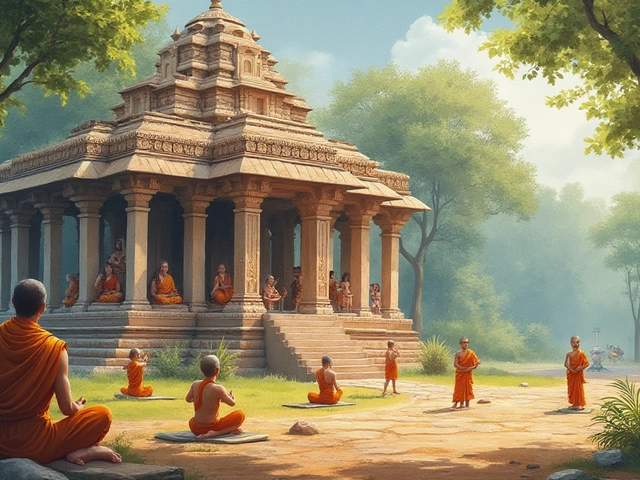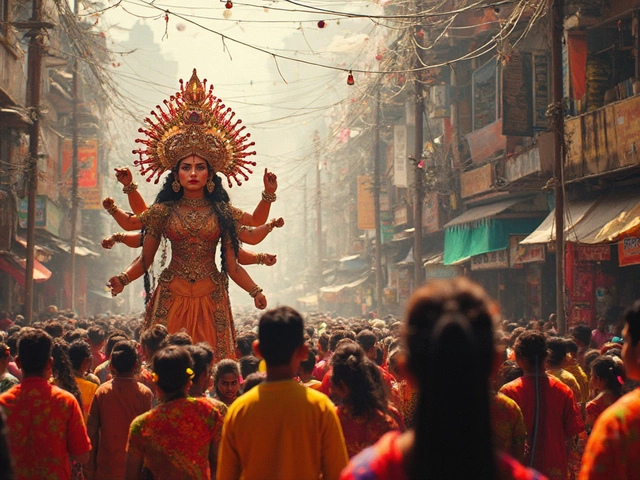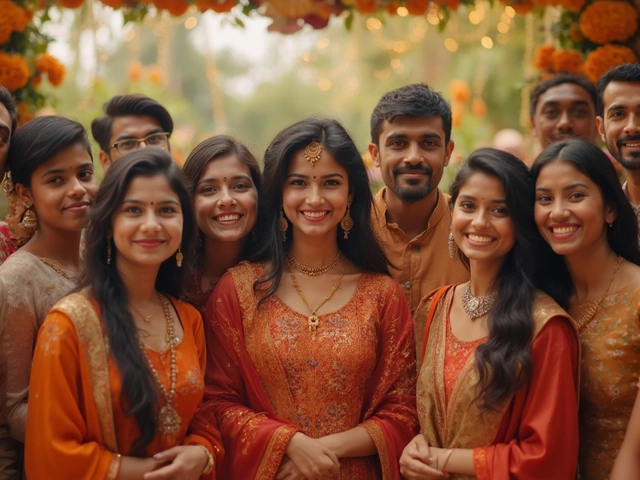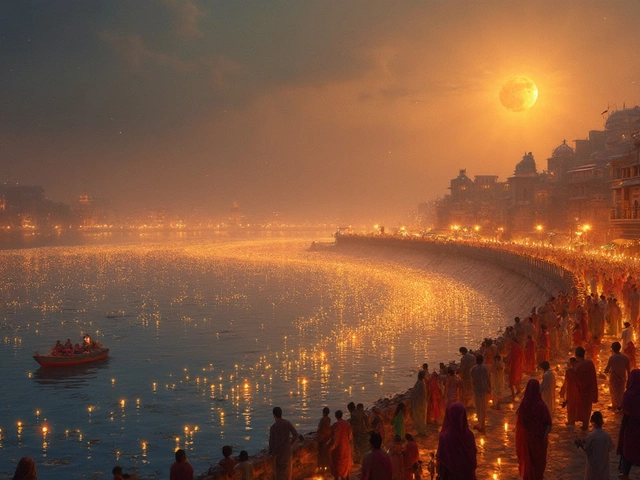India Ethnicity Explorer
Explore India's incredible diversity of ethnic groups, languages, and cultural traditions across different regions. India has over 2,000 distinct ethnic groups, each with unique languages, traditions, and ancestral roots.
North India
Dominant language families: Indo-Aryan
Key Ethnic Groups:
- Brahmins (North India)
- Jats (Punjab)
- Rajputs (Rajasthan)
- Buddhists (Ladakh)
Cultural Highlights:
Known for vibrant festivals like Diwali and Holi, distinct architecture like the Taj Mahal, and diverse cuisine including paneer butter masala and chole bhature.
Many North Indian groups have higher ANI (Ancestral North Indian) genetic ancestry.
South India
Dominant language families: Dravidian
Key Ethnic Groups:
- Dravidians (Southern India)
- Malayalis (Kerala)
- Telugus (Andhra Pradesh)
- Coastal tribes (Tamil Nadu)
Cultural Highlights:
Known for classical dance forms like Bharatanatyam and Kathakali, temple architecture, and distinct cuisines featuring rice, coconut, and tamarind. Many South Indian groups have higher ASI (Ancestral South Indian) genetic ancestry.
Dravidian languages are among the oldest written languages in the world.
East India
Dominant language families: Indo-Aryan, Austroasiatic
Key Ethnic Groups:
- Bengalis (West Bengal)
- Santhals (Jharkhand)
- Odia (Odisha)
- Nagas (Northeast)
Cultural Highlights:
Known for vibrant festivals like Durga Puja and Pongal, distinctive architecture, and diverse cuisine featuring fish, rice, and mustard oil. The region has many tribal groups with unique traditions.
East India is home to several Austroasiatic language speakers including the Santali people.
West India
Dominant language families: Indo-Aryan, Dravidian
Key Ethnic Groups:
- Marathas (Maharashtra)
- Gujaratis (Gujarat)
- Warlis (Maharashtra)
- Konkanis (Goa)
Cultural Highlights:
Known for festivals like Ganesh Chaturthi and Navratri, unique architecture including the Ajanta caves, and diverse cuisines with seafood, chutneys, and spices. The region has significant historical trade connections.
Western India shows a mix of ANI and ASI genetic ancestry.
Northeast India
Dominant language families: Tibeto-Burman, Austroasiatic
Key Ethnic Groups:
- Meiteis (Manipur)
- Bodos (Assam)
- Nagas (Nagaland)
- Mizos (Mizoram)
Cultural Highlights:
Known for vibrant festivals like Hornbill Festival and Bihu, unique traditional clothing, and distinct cuisines featuring bamboo shoots, fermented fish, and rice. Many tribes have maintained their cultural identity outside mainstream India.
These communities often have distinct genetic lineages from the Tibeto-Burman and Austroasiatic families.
Tribal Communities
Dominant language families: Austroasiatic, Tibeto-Burman
Key Ethnic Groups:
- Gonds (Central India)
- Bhils (Rajasthan)
- Santhals (Eastern India)
- Khasis (Meghalaya)
Cultural Highlights:
India has 705 officially recognized Scheduled Tribes with unique languages, belief systems, and social structures. Many tribes predate mainstream Hindu or Islamic influences and have deep ties to land and forests. Their identities are foundational to India's ethnic landscape.
These communities often have the highest levels of ASI (Ancestral South Indian) genetic ancestry.
When someone asks, "What type of ethnicity is Indian?" they’re usually trying to make sense of a country that doesn’t fit into a single box. India isn’t one ethnicity-it’s more like a continent wrapped in one nation. Think of it like asking, "What ethnicity is European?" The answer isn’t a single race or culture. It’s hundreds of them.
India Isn’t a Single Ethnic Group
There’s no such thing as "the Indian ethnicity." Instead, India is home to over 2,000 distinct ethnic groups, each with its own language, traditions, and ancestral roots. These groups span from the Himalayan highlands in the north to the tropical coasts of the south, and from the arid deserts of Rajasthan to the dense forests of the northeast.
Some of these groups trace their lineage back thousands of years. The Dravidian peoples of southern India, for example, are believed to be among the earliest inhabitants of the subcontinent, long before the arrival of Indo-Aryan speakers from the northwest. Meanwhile, communities like the Bodos in Assam or the Gonds in central India have maintained unique social structures and belief systems for centuries, often outside the mainstream caste system.
Even within a single state, ethnic diversity can be staggering. In West Bengal, you’ll find Bengalis with roots in ancient Magadha, tribal communities like the Santhals, and descendants of Tibetan refugees. In Maharashtra, Marathas, Konkanis, and Warlis live side by side, each with different dialects, dress, and rituals.
Linguistic Diversity Reflects Ethnic Diversity
Language is one of the clearest markers of ethnic identity in India. The country recognizes 22 official languages, but over 19,500 languages and dialects are spoken across villages and towns. These languages fall into four major families: Indo-Aryan, Dravidian, Austroasiatic, and Tibeto-Burman.
Indo-Aryan languages like Hindi, Bengali, and Punjabi dominate the north and central regions. These languages evolved from Sanskrit and are linked to ancient migrations from Central Asia. In contrast, Dravidian languages like Tamil, Telugu, Kannada, and Malayalam are native to the south and have no genetic link to Indo-Aryan tongues. They’re older, with written records dating back over 2,000 years.
Then there are the smaller language families. In the northeast, languages like Mizo and Manipuri belong to the Tibeto-Burman group, showing ties to populations in Myanmar and Tibet. In central India, languages like Santali and Ho come from the Austroasiatic family, related to languages spoken in Southeast Asia. Each language group carries its own history, myths, and social customs.
Genetic Diversity: A Map of Human Migration
Modern DNA studies confirm what historians and anthropologists have long suspected: India’s population is one of the most genetically diverse on Earth. A 2020 study by the CSIR-Indian Institute of Genomics and Integrative Biology analyzed over 1,000 individuals across 75 tribal and caste groups. They found that most Indians carry ancestry from two ancient populations: Ancestral North Indians (ANI) and Ancestral South Indians (ASI).
ANI groups share genetic links with people from Central Asia, the Middle East, and Europe. ASI groups are unique to South Asia and have no close genetic ties to populations outside the subcontinent. Most modern Indians are mixtures of these two, but the proportions vary widely. For example, Brahmins in northern India tend to have higher ANI ancestry, while tribal groups like the Irula in Tamil Nadu have almost exclusively ASI ancestry.
This genetic mosaic means that two people from different parts of India can be as genetically different from each other as a Swede is from a Nigerian. There’s no single "Indian gene."
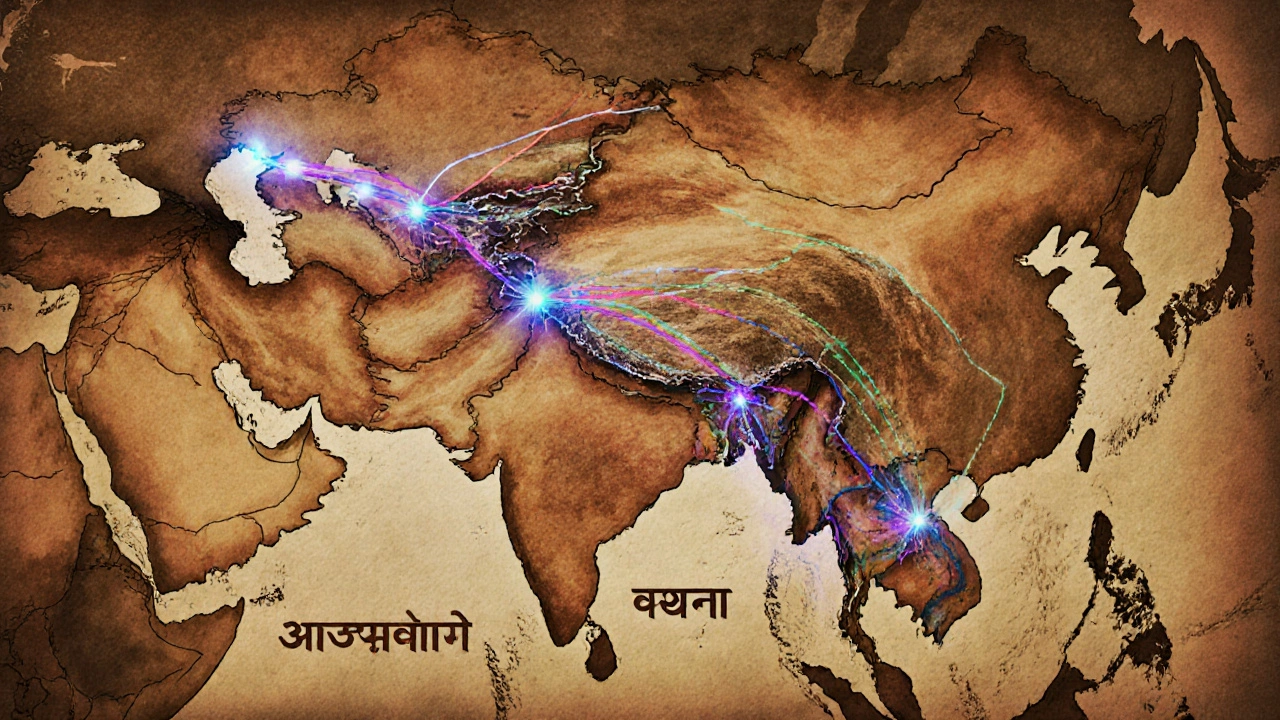
How Caste and Region Shape Identity
Many people confuse caste with ethnicity, but they’re not the same. Caste is a social hierarchy rooted in religion and occupation, while ethnicity is about shared ancestry, language, and culture. You can be a Brahmin in Kerala and a Brahmin in Bihar, but they speak different languages, eat different food, and follow different rituals. Their ethnic identities are shaped more by region than caste.
Regional identity often overrides caste. A person from Punjab identifies first as Punjabi-not as a Jat or a Khatri. A person from Tamil Nadu sees themselves as Tamil, not as a Vellalar or a Paraiyar. Even within caste groups, regional variations are strong. The Maratha community in Maharashtra has little in common with the Marathas in Madhya Pradesh, except for the name.
India’s 28 states and 8 union territories are, in many ways, ethnic homelands. Each has its own dominant ethnic group, language, and cultural norms. The people of Nagaland don’t see themselves as "Indians" in the same way someone from Kerala does. Their identity is tied to their tribe, their land, and their history of autonomy.
Why the Myth of a Single Indian Ethnicity Persists
So why do so many people outside India think there’s one "Indian" ethnicity? The answer lies in colonial history and global simplification.
During British rule, administrators grouped people into broad categories for easier control. They used caste, religion, and language to classify populations-but often lumped together people who had nothing in common. The term "Hindu" became a catch-all for anyone who wasn’t Muslim, Christian, or Sikh. "Indian" became a political label, not a cultural one.
Today, Bollywood and global media reinforce this myth. When you see an Indian character in a Hollywood movie, they’re usually a light-skinned, Hindi-speaking North Indian. But that’s just one slice of the pie. The majority of India’s population lives in the Hindi belt, but that doesn’t make them the whole country.
Even within India, urban elites sometimes assume their version of Indian culture is the default. A Tamil family celebrating Pongal might be told, "That’s so exotic," while a Punjabi wedding is called "traditional." Both are equally authentic-but only one fits the stereotype.
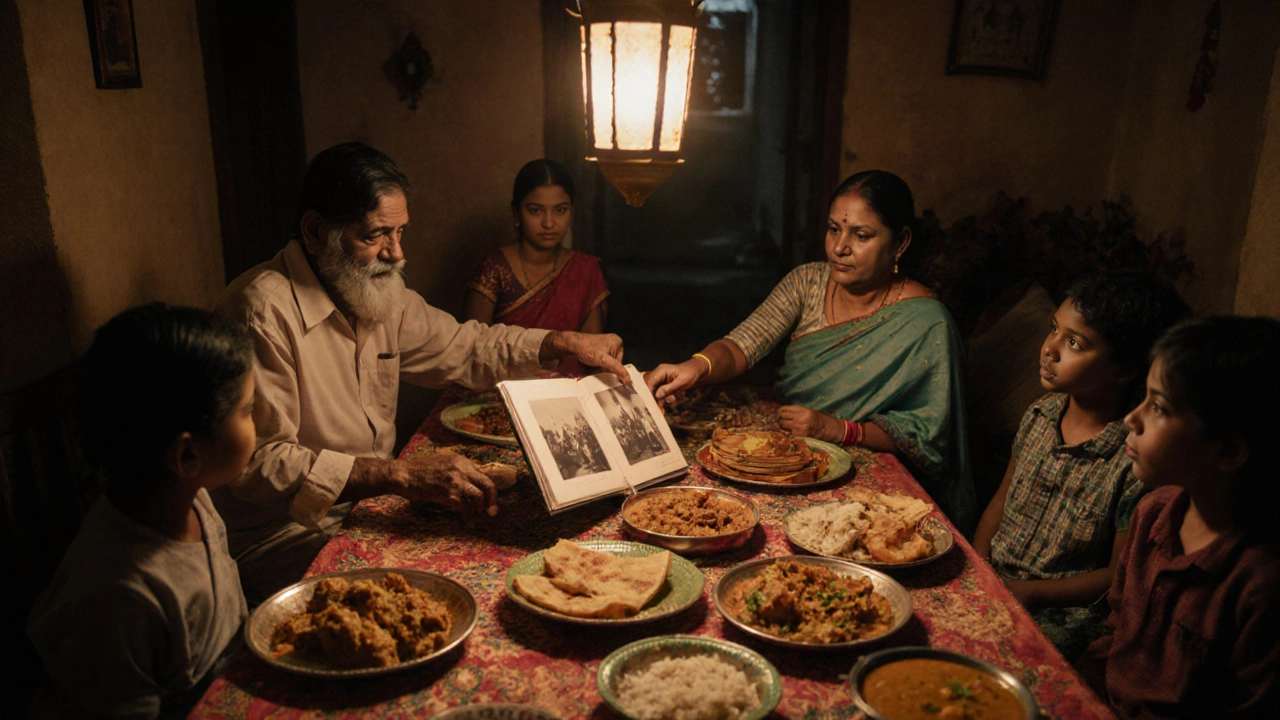
What Does "Indian" Mean Today?
Today, "Indian" is a nationality, not an ethnicity. It’s a legal identity granted by birth or citizenship, not by bloodline or culture. Someone born in Mumbai to a Konkani-speaking family, someone raised in Delhi by Punjabi parents, and someone from a tribal village in Odisha are all Indian by law. But their ethnic roots? Completely different.
India’s strength lies in this diversity. It’s why the country has 300+ festivals, 100+ traditional dance forms, and over 1,000 distinct cuisines. No single culture defines India. Instead, India is the sum of its parts.
If you’re trying to understand your own Indian heritage, start by asking: Where did your family come from? What language do they speak? What festivals do they celebrate? Those questions will tell you more about your ethnicity than any broad label ever could.
Common Misconceptions About Indian Ethnicity
- "All Indians are Hindu." India is home to the world’s largest Muslim population outside Indonesia, plus significant Christian, Sikh, Buddhist, Jain, and tribal religious communities.
- "Indian means dark skin." Skin tone varies wildly-from the fair-skinned populations of Kashmir to the darker-skinned tribes of the Andaman Islands.
- "North Indians and South Indians are different races." Genetically, they’re part of the same complex mix. Differences are cultural and linguistic, not biological.
- "Caste determines ethnicity." Caste is a social system. Ethnicity is about ancestry and culture. A Dalit in Bengal and a Dalit in Rajasthan are ethnically distinct.
How to Explore Your Own Indian Ethnic Roots
If you’re curious about your own background, here’s how to start:
- Ask older family members about your ancestral village or town.
- Find out what language your grandparents spoke at home.
- Look up traditional foods your family prepares during festivals.
- Check if your family follows any unique rituals not commonly seen in mainstream media.
- Use free online genealogy tools like AncestryIndia or the Indian Census records to trace regional origins.
There’s no single answer to "What ethnicity is Indian?" because the question itself is based on a misunderstanding. India doesn’t have one ethnicity-it has hundreds. And that’s what makes it extraordinary.
Is Indian a race or an ethnicity?
Indian is neither a race nor a single ethnicity. It’s a nationality. India’s population includes dozens of ethnic groups with different physical traits, languages, and ancestral origins. Race is a social construct with no scientific basis for categorizing Indians, and ethnicity in India is defined by regional, linguistic, and cultural identity-not skin color or physical features.
Are North Indians and South Indians different ethnicities?
Yes, in many ways. North Indians are mostly descended from Indo-Aryan-speaking groups with historical ties to Central Asia, while South Indians are largely descended from Dravidian-speaking populations with deep roots in the subcontinent. They speak different languages, follow different religious practices, and have distinct culinary and dress traditions. But genetically, they share a common ancestral mix-so they’re not separate races, just different ethnic branches of the same ancient population.
Can someone be Indian and not ethnically South Asian?
Yes. India has small communities of people with East African, Central Asian, or even European ancestry who have lived there for generations. For example, the Parsis in Mumbai are descendants of Persian Zoroastrians who arrived over a thousand years ago. The Anglo-Indian community has mixed British and Indian roots. These groups are Indian by nationality and culture, even if their ethnic origins lie outside South Asia.
Do tribal groups in India count as Indian ethnicity?
Absolutely. India’s 705 officially recognized Scheduled Tribes-like the Gonds, Bhils, and Naga-are among the oldest ethnic groups in the country. They often have languages, belief systems, and social structures that predate mainstream Hindu or Islamic influences. Their identity is deeply tied to land, forest, and ancestral customs. They’re not a minority within India-they’re foundational to its ethnic landscape.
Why do some Indians look more like Europeans or Africans?
Because India’s population is the result of thousands of years of migration, trade, and intermarriage. Ancient Indo-European migrations brought lighter-skinned groups from the northwest. Arab and Persian traders settled on the west coast. Portuguese colonists intermarried in Goa. African slaves and soldiers arrived in the south centuries ago. Today, you’ll find people in India with features ranging from East Asian to Sub-Saharan African, all of them equally Indian.
